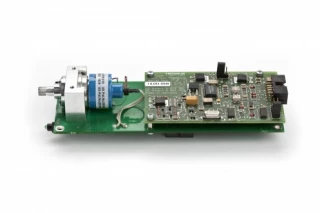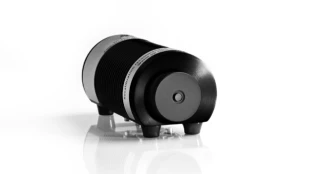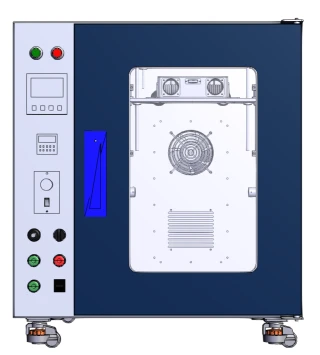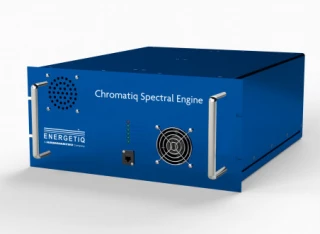Lamps: Incoherent Light Sources
Frequently Asked Questions
What are incoherent light sources and how do they differ from coherent sources?
Incoherent light sources are devices that emit light without a fixed phase relationship between the waves. They can produce a wide range of wavelengths and intensities, but the emitted light is not coherent or directional, meaning that it does not have the same interference or diffraction properties as laser light. Coherent sources, such as lasers, emit light that is spatially and temporally coherent, meaning that the waves are in phase with each other and have a well-defined polarization and direction.
What are some common types of incoherent light sources and how are they used?
Some common types of incoherent light sources include incandescent lamps, halogen lamps, fluorescent lamps, xenon lamps, LEDs, and arc lamps. These sources are used in various applications that require broad-spectrum or multi-wavelength illumination, such as microscopy, spectroscopy, phototherapy, sensing, and imaging. Some sources, such as tungsten-halogen lamps and xenon arc lamps, can produce high-intensity and stable output for long periods, while others, such as LEDs, can be more energy-efficient and compact.
How are incoherent light sources selected and optimized for specific applications?
Incoherent light sources can be selected and optimized based on several parameters, such as spectral range, intensity, stability, and uniformity. The choice of source depends on the specific application requirements and constraints, such as sensitivity, resolution, speed, or cost. Optical components, such as filters, lenses, mirrors, diffusers, and gratings, can also be used to shape, collimate, focus, or filter the light to match the desired spectral, spatial, or temporal characteristics. Additionally, some incoherent sources can be modulated or stabilized using feedback or control systems, such as temperature or current regulation.
What are some safety considerations when using incoherent light sources?
Incoherent light sources can pose some safety risks to operators and users, especially if they emit high intensities or UV radiation. Therefore, safety measures such as eye protection, proper handling, and disposal of lamps or other components that may contain hazardous materials, and compliance with safety standards and regulations are important to minimize the risks. Additionally, some sources may generate heat or noise, which can affect the stability and accuracy of measurements.
Can incoherent light sources be used for fluorescence imaging or excitation?
Yes, incoherent light sources can be used for fluorescence imaging or excitation, but the choice of source depends on the spectral requirements of the fluorophore and the imaging system. Some sources, such as mercury arc lamps or LED arrays, can provide narrow-band excitation at specific wavelengths, while others, such as xenon arc lamps or halogen lamps, can provide broad-spectrum excitation. Optical filters can also be used to narrow down or select the excitation wavelength, and emission filters can be used to separate the fluorescence signal from the excitation light.
How do incoherent light sources compare to lasers in terms of cost and maintenance?
Incoherent light sources are generally less expensive and require less maintenance than lasers, as they do not require complex optics or alignment procedures. However, some sources, such as high-intensity discharge lamps or arc lamps, may require special power supplies, cooling systems, or safety precautions, which can increase the cost and complexity. Additionally, incoherent sources may have a shorter lifespan or lower stability than lasers, which can affect their suitability for certain applications.
Can incoherent light sources be used for photodynamic therapy or other medical treatments?
Yes, incoherent light sources can be used for photodynamic therapy or other medical treatments that require specific wavelengths or intensities of light. For example, some sources, such as blue or red LEDs, can be used to activate photosensitizing drugs in cancer cells or skin lesions, while others, such as UV lamps, can be used for germicidal or sterilization purposes. However, safety and efficacy considerations, as well as regulatory requirements, need to be carefully evaluated and monitored in these applications.
What are some recent developments or trends in incoherent light sources?
Some recent developments and trends in incoherent light sources include the use of solid-state lighting technologies, such as phosphor-converted LEDs or quantum dot LEDs, for high-efficiency and tunable lighting. Other developments include the integration of incoherent sources with other optical components, such as optical fibers or waveguides, for remote or miniaturized sensing or imaging applications. Additionally, there is a growing interest in the use of incoherent sources for emerging fields, such as biosensing, environmental monitoring, or machine vision.
FindLight's incoherent light sources category features a wide range of lamps suitable for scientific, industrial, and commercial applications. This comprehensive selection includes halogen lamps, mercury lamps, tungsten lamps, and more. These incoherent light source lamps are designed to provide reliable and high-quality lighting solutions for a variety of applications, from medical research to industrial inspection. With a focus on performance, durability, and versatility, FindLight's incoherent lamps deliver superior results and meet the needs of even the most demanding applications. With a user-friendly interface and excellent customer support, FindLight is your one-stop-shop for all your incoherent light source lamp needs.




